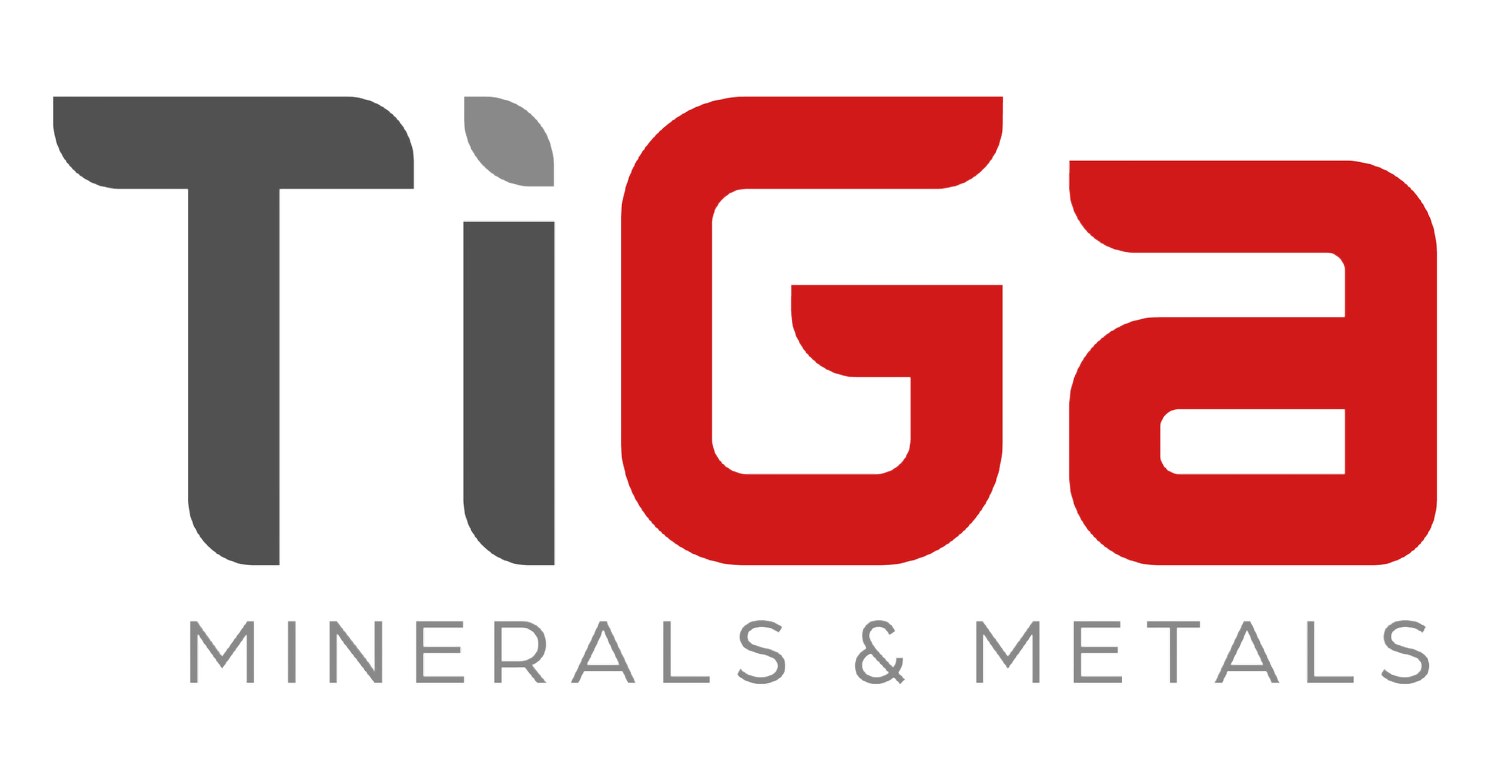
Environmental benefit
TiGa accepts and supports its environmental obligations. The provisions we plan to put in place for the operation of the Barrytown Mineral Project Mine are designed to ensure the environment and wildlife are protected.
The mine site is a humped and hollowed dairy farm and does not involve any conservation land. The site will be fully restored to productive agricultural pasture as the mine progresses and the natural environment will benefit.
We propose to increase the area of native planting on the site and along bordering wetlands and waterways, remove pest weeds and institute a pest control programme for introduced mammalian predators.
TiGa is especially aware of the fact that the tāiko (Westland petrel) is a local and national taonga, and that for TiGa to operate within the bird’s rohe is a privilege.
There will be special provisions to prevent any disruption or harm to threatened tāiko. Site lighting will meet international standards for preventing ‘light pollution’ impacts on wildlife and the processing plant lighting will be designed to avoid light spill towards the coastline. Volunteered conditions will ensure that if trucks pass the colony it will only be during daylight hours. There will also be protocols for caring for any lost birds found in the mine area and the proposed mine will never be any closer to the petrel breeding colony than 4.3 kilometres.
We will also fund a post-graduate research project to better understand the impact of human activity on the tāiko colony at Punakaiki and how to mitigate them.
Mining activity will be kept well away from kororā (little penguin) resting and nesting sites along the Barrytown beach and we will institute protocols for caring for any lost penguins found in the mine area. Both the kororā and tāiko will benefit from our planned pest control procedures.
Environmental reports
Attachment I - Hydrological Assessment
This report identifies potential hydrological effects associated with the proposed activity and sets out a water management system detailing how adverse hydrological effects will be avoided.
Attachment I1 - Water Management Plan
A water management, monitoring, and mitigation plan to avoid adverse effects on the local hydrological environment.
Attachment K - Dust Management Plan
A Dust Management Plan prepared to manage, mitigate, and monitor dust emissions during construction and mining.
Attachment J - Erosion and Sediment Control Plan
An Erosion and Sediment Control Plan prepared in support of land disturbance and associated mining activity.
Attachment M - Ecological Effects Assessment
An Ecological Effects Assessment prepared and reviewed by a Terrestrial Ecologist, Freshwater Ecologist and Environmental Chemist.
Attachment M1 - Wetland and Riparian Plan
Wetland Construction and Riparian Planting Plan prepared and reviewed by a Terrestrial Team Leader and Ecologist.
Attachment M2 - Avian Management Plan
This management plan has been prepared to address potential effects on threatened and at-risk birds using the area to be mined and immediate surrounds, including the Taiko (Westland Petrel) breeding colony.
Attachment N - Landscape Assessment
A Landscape and Visual Assessment which determines the potential landscape and visual effects arising from the proposed mining activity, along with mitigation and rehabilitation where values might be affected.
Attachment N1 - Landscape Graphic Supplement
A graphic representation of the landscape issues and solutions detailed in the Landscape and Visual Assessment (above).
Attachment O - Rehabilitation Management Plan April 2023
A plan detailing rehabilitation of the site during mining (Progressive Rehabilitation) and after mining (Final Mine-Closure Rehabilitation) as an integral part of the mining process.

